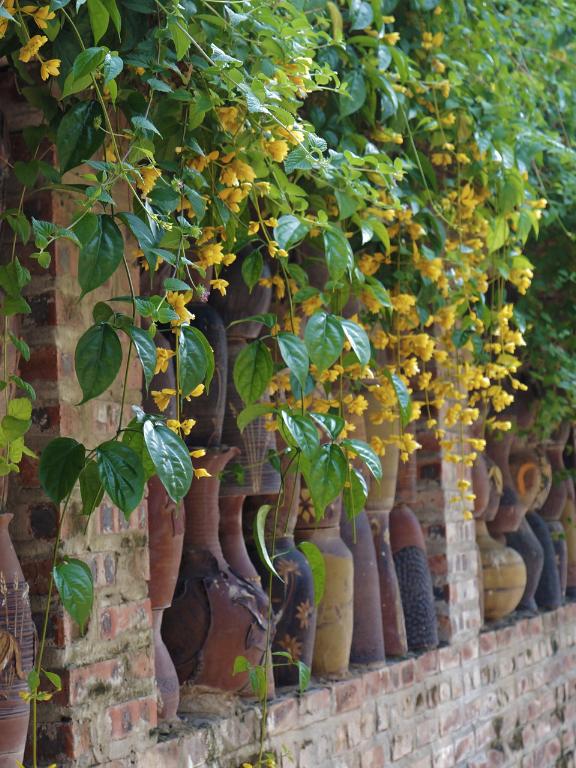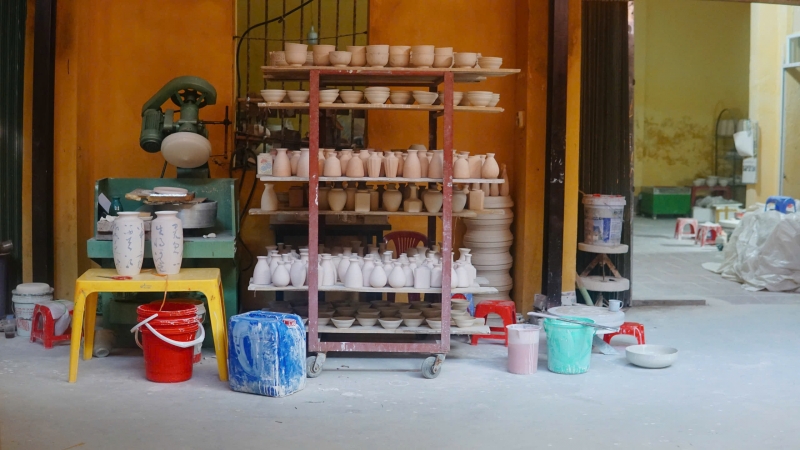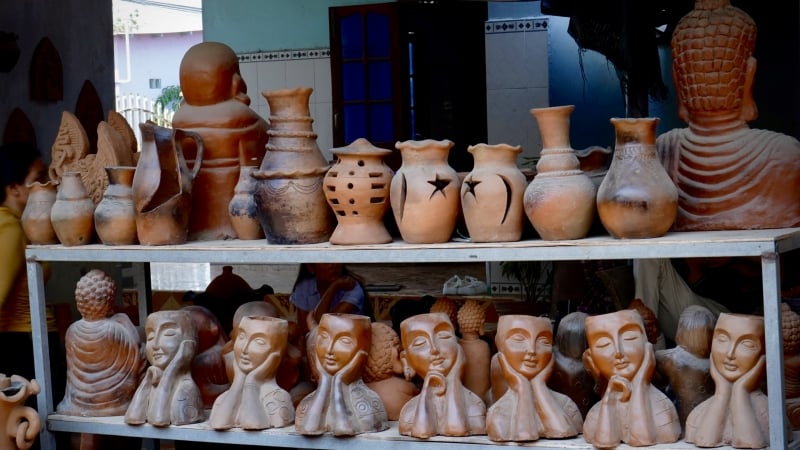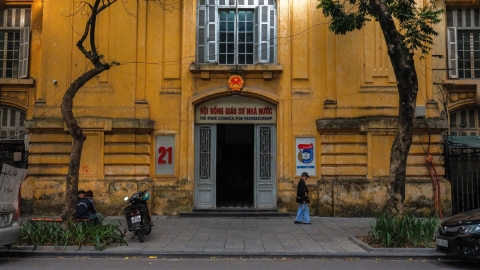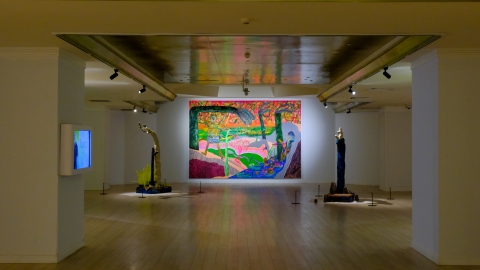From simple rustic land to the quintessence of craft village culture
Huong Canh town in the last months of the year moves rhythmically with the pottery wheel. The road to Lo Cang village is brown with the colors of jars and pots. The strong smell of soil mixes with the smell of wood smoke. The old, rustic ceramic kilns must have been burning for hundreds of years.

The pure Huong Canh pottery style bears the cultural imprint of an ancient craft village.
Memories are reborn from a familiar glimpse of the ancient Northern village scene, with the folk saying "Mong Cai porcelain, Huong Canh jars". The raw clay pieces, after being meticulously shaped, become vivid works of art, familiar objects, deeply embedded in the lifestyle of local people.
But not confined to the peaceful village life, Huong Canh pottery quickly transcended the boundaries of small markets. The meticulousness in each stage of production, the sophistication and durability in each line attracted traders from all regions of the country to come and buy. The whole pottery village once had such a prosperous time, famous far and wide.
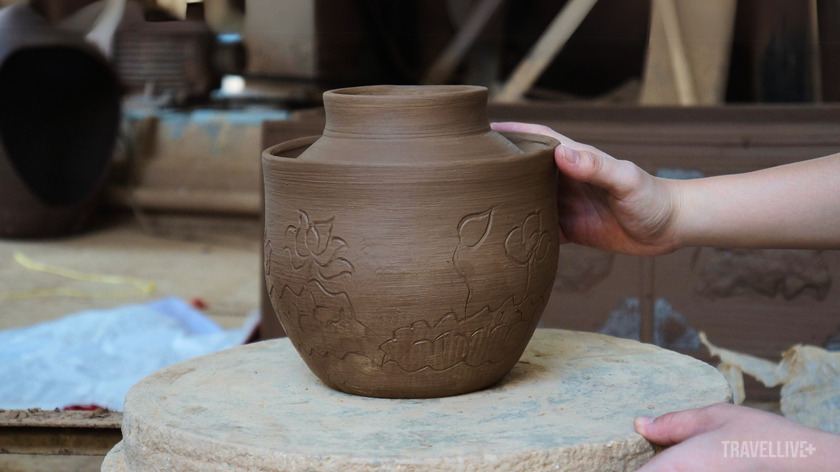
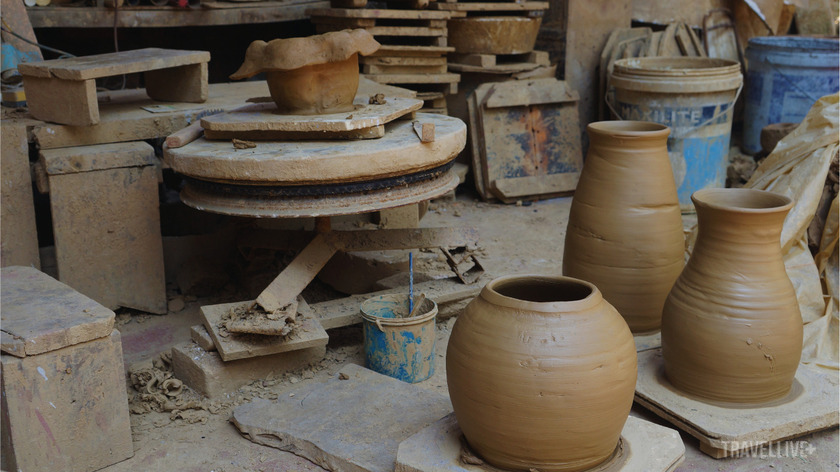
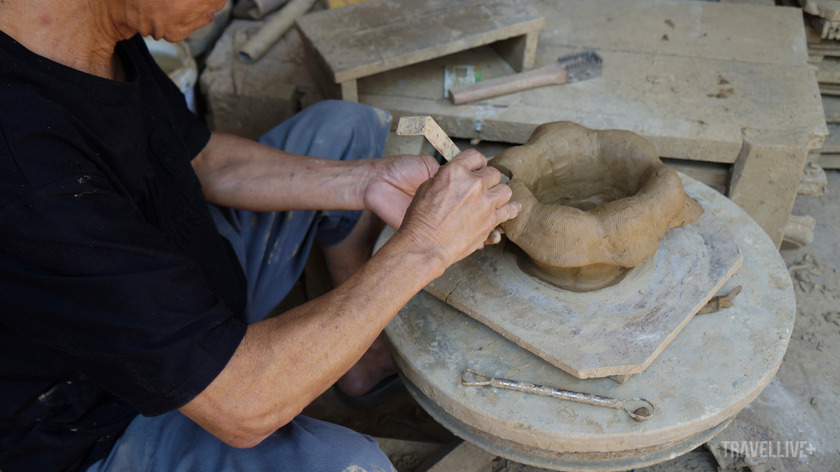
From the pristine soil, artisans have painstakingly crafted vibrant, sophisticated ceramic products.
In recent years, being forged in the constant changes of the times, Huong Canh pottery is no longer bustling with buyers and sellers as before. However, the cultural quintessence of a craft village is still preserved intact, meticulously wrapped in familiar ceramic material.
Giving "an inch of land", passing on "an inch of profession"
The life of Huong Canh pottery is simple and plain. The pottery kilns are still burning, mostly nestled in the small alleys of the village. The living space of the people is closely connected with earth, water and fire. The old brick walls neatly display flower vases, water jars or the courtyards are filled with raw pottery and raw earth. All have become a symbol of the hard work but pride of the people of the pottery village.

Lo Cang village stretches with rows of brick walls filled with pottery.

A family's living space contains all kinds of ceramic products.
Through many historical events and ups and downs, the Huong Canh pottery craft was at times forgotten and forgotten. At that time, there was still an old craftsman sitting tirelessly in front of the clay wheel, patiently shaping each fold of brown clay, that was artisan Tran Van Hai.
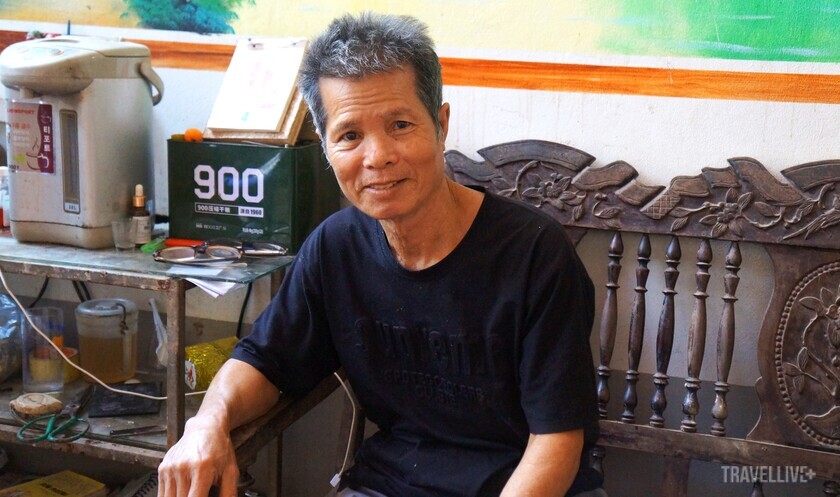
Pottery artisan Tran Van Hai - the one who keeps the fire and kiln in Huong Canh craft village
In front of the small porch filled with products, artisan “Hai At” meticulously recounts his family’s pottery career: “Hai is his name and At is his wife’s name. Huong Canh pottery has been around for a long time, but to learn from history, it’s probably been around for nearly 400 years. Through many generations, he’s just a continuation because we can’t live for 400 years. Speaking of his own life, starting his career at the age of 14 until now, at 70 years old, is almost 60 years.”

Seal engraved with Hai At ceramic brand name
The characteristic of Huong Canh ceramics is the burnt earthenware color which, according to Mr. Hai, is a unique quality that no other ceramic brand has. That unique quality originates from the soil source in his hometown Vinh Phuc. Therefore, the raw material for making ceramics must be green soil - a type of soil with a lot of resin, smooth fat and little bone, so that when fired in the kiln, it will create a standard batch of ceramics of high quality.
“Every inch of land, every inch of craft” is so precious, but the flow of time and the development of society has made the young generation gradually disappear from the process of passing on the torch from their ancestors. “Because pottery is difficult to make, the young generation is not persistent. If we talk about talent, it is only about making beauty. Making beauty requires talent. But when it comes to firing the kiln, we have to talk about level. Nowadays, few young people go to school to learn this.” Mr. Hai’s confession has also become a common concern for the development of many traditional craft villages today.
Carefully cherish the century-old pottery village
Each ceramic product is a story of the land and people about the process of cultivating and constantly striving to awaken the beauty of traditional cultural quintessence. The potter makes the product not only for business and trade but also considers it a way to preserve and promote long-standing values.

Unfinished ceramic products are always waiting for the day to be taken far away, continuing their hundred-year journey.
Nowadays, facing the risk of being lost and fierce competition from industrial products, Huong Canh pottery village has made sharp moves, making positive changes to adapt to the new era. Artisans also constantly develop production, innovate products, and create many diverse designs to meet the needs of modern life. In addition to traditional ceramic products, Huong Canh pottery has been able to put on new patterns and designs with high aesthetics.
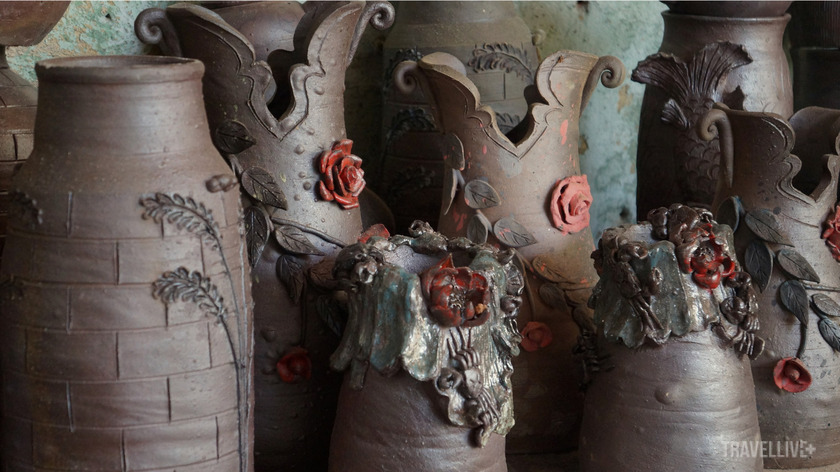
Huong Canh Pottery changes to adapt to the new era but still preserves traditional quintessence.
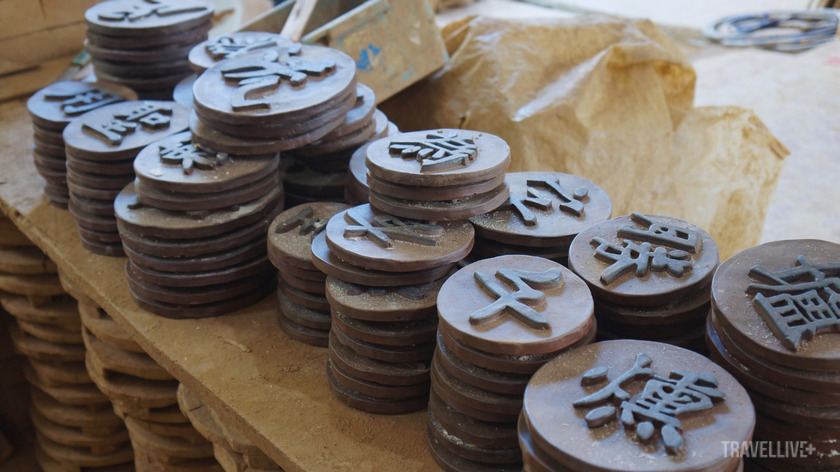
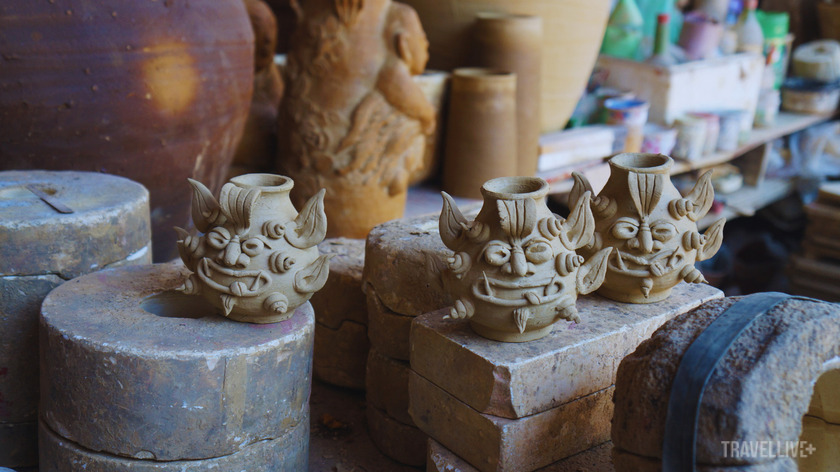
Huong Canh pottery has transformed itself to adapt to the new era but still preserves the traditional quintessence. Despite many difficulties in passing on the old craft to future generations, Huong Canh pottery village still lives quietly and persistently as a cultural source flowing throughout the history of a community. From there, it nurtures sustainable beliefs that one day Huong Canh pottery can regain its inherent position in modern life.





